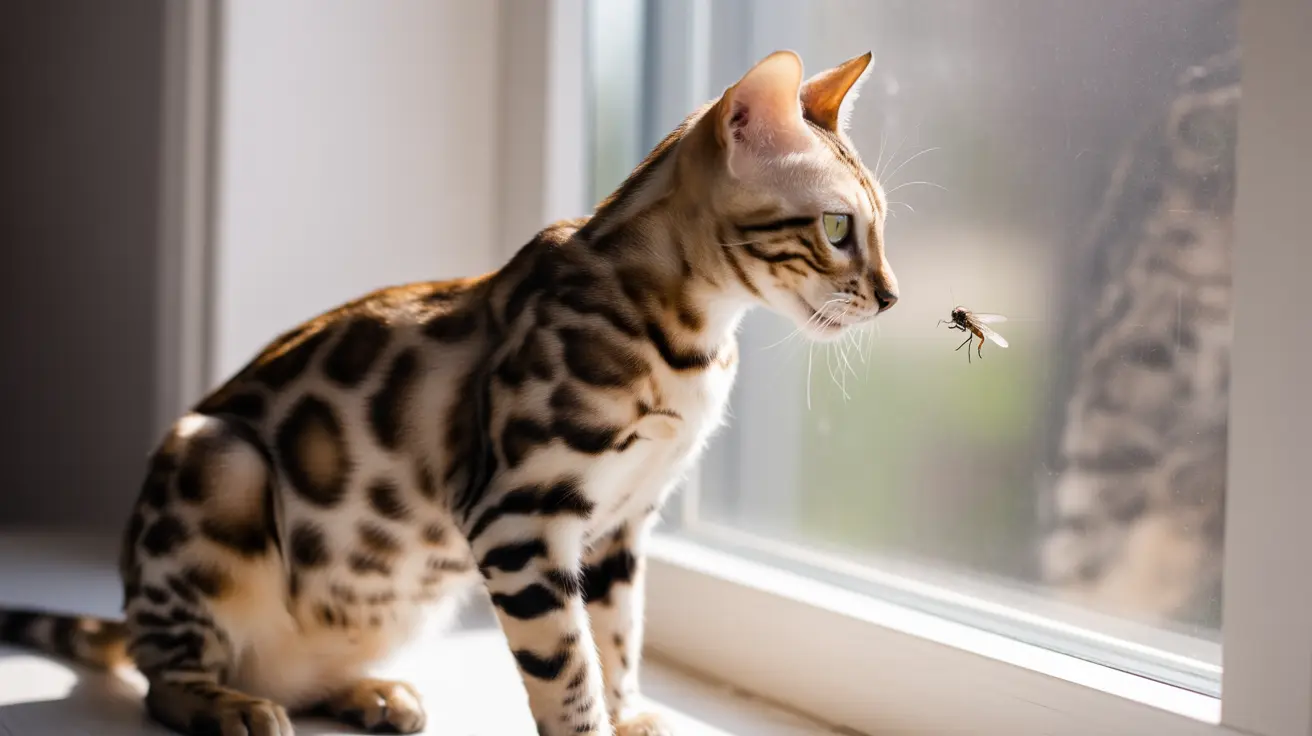Understanding the Prairie Dog's Predators: A Key to Ecological Balance
Prairie dogs, small burrowing rodents native to North America, are critical to the ecosystems they inhabit. Their dense colonies, or 'towns,' create complex networks of burrows that support a diverse range of other species. Despite their ecological importance, prairie dogs face significant predation threats, with the black-footed ferret standing out as their most significant natural predator.
The Black-Footed Ferret: Top Prairie Dog Predator
The black-footed ferret is uniquely adapted to prey on prairie dogs. As a slender, nocturnal carnivore, this endangered predator relies almost exclusively on prairie dogs for sustenance. Introduced by conservation efforts back into prairie ecosystems, ferrets often inhabit abandoned prairie dog burrows and hunt their occupants with efficiency and stealth.
- Diet: 90% of a black-footed ferret’s diet consists of prairie dogs.
- Habitat: Ferrets live in prairie dog colonies, using their tunnels for shelter and hunting grounds.
- Status: Listed as endangered, the ferret’s survival depends on healthy prairie dog populations.
Other Prairie Dog Predators
While the black-footed ferret is the most specialized predator, prairie dogs are also targeted by a variety of other carnivores and birds of prey:
- Badgers: Excellent diggers, badgers actively excavate prairie dog tunnels to capture prey.
- Coyotes and Foxes: Opportunistic hunters that catch prairie dogs above ground.
- Hawks and Eagles: Frequently hunt the rodents from the air using keen vision and speed.
- Weasels and Rattlesnakes: Enter burrows stealthily to ambush unsuspecting prairie dogs.
Prairie Dog Defense Strategies
Despite a wide range of predators, prairie dogs exhibit several behaviors to help reduce risk:
- Vigilant Behavior: One or more prairie dogs stand guard near colony entrances, barking alarms when danger is near.
- Group Living: Living in large coteries increases the chance of spotting predators early.
- Complex Burrows: Intricate tunnel systems make it difficult for predators to catch them underground.
Ecological Implications of Predation
Predators like the black-footed ferret play a crucial role in maintaining a balanced ecosystem. Their presence ensures prairie dog populations do not grow too large, which could lead to overgrazing. Conversely, prairie dogs support predator populations by serving as a reliable food source, especially in harsh seasons when prey is scarce.
Conservation Challenges
Human activity, including poisoning campaigns and habitat destruction, has drastically reduced prairie dog numbers, threatening not only the species itself but also its key predators like the black-footed ferret. Conservation efforts focus on:
- Reintroducing ferrets: Protecting and restoring prairie dog towns to support ferret populations.
- Disease management: Addressing outbreaks of sylvatic plague that can decimate prairie dog colonies.
- Legal protection: Implementing guidelines to prevent habitat disturbance, especially in areas where endangered predators live.
Conclusion
The black-footed ferret stands out as the prairie dog’s greatest predator, forming a tightly interlinked relationship that exemplifies ecological dependency. Together with other predators, they maintain prairie health and biodiversity. By understanding and respecting these dynamics, conservationists, landowners, and wildlife managers can work toward preserving North America's grassland ecosystems and the uniquely interwoven lives they support.





